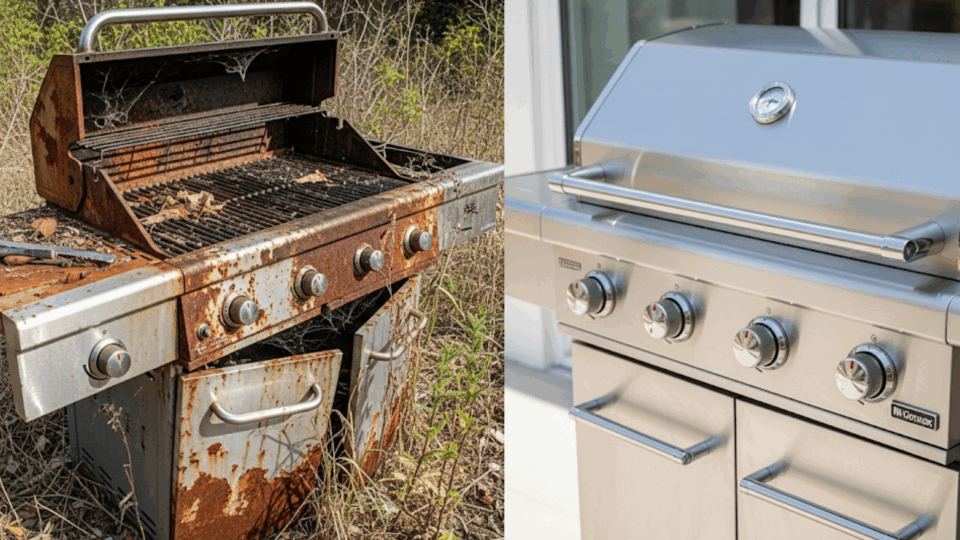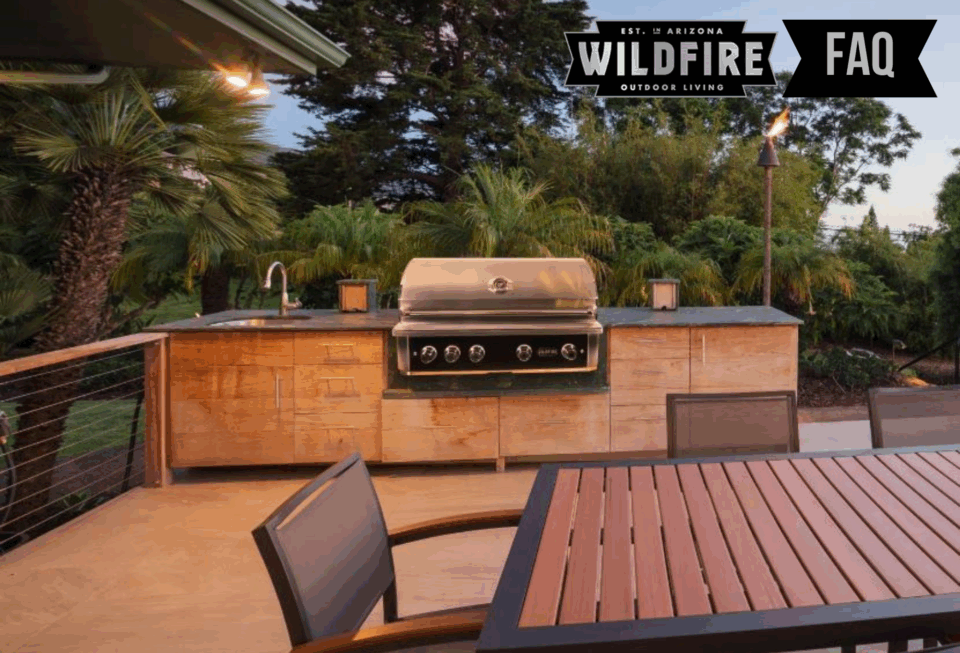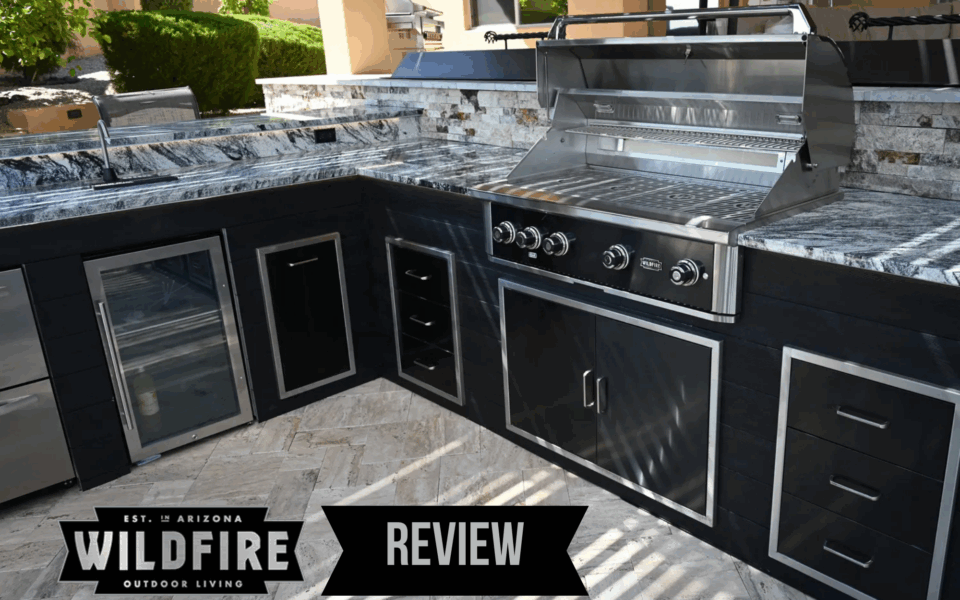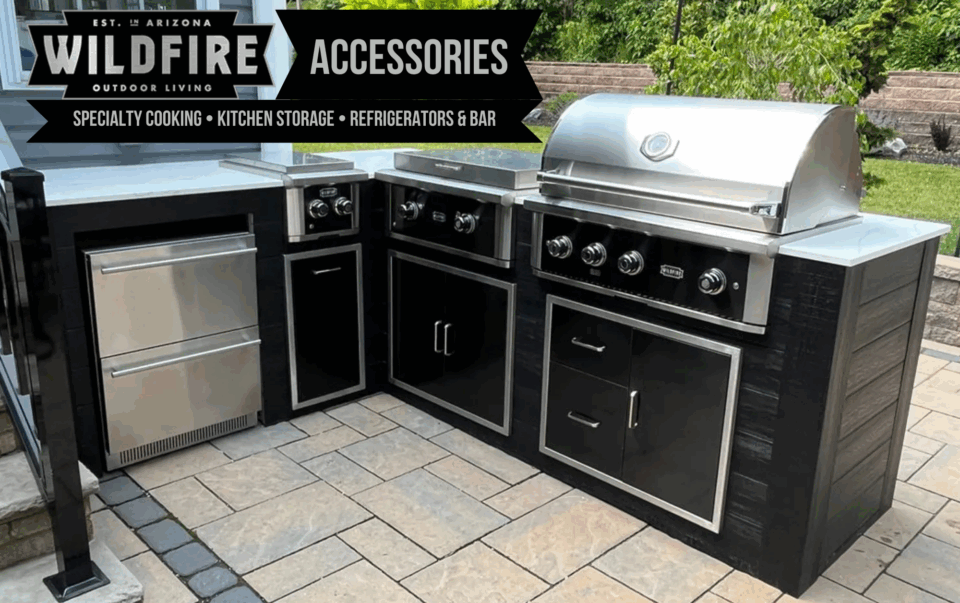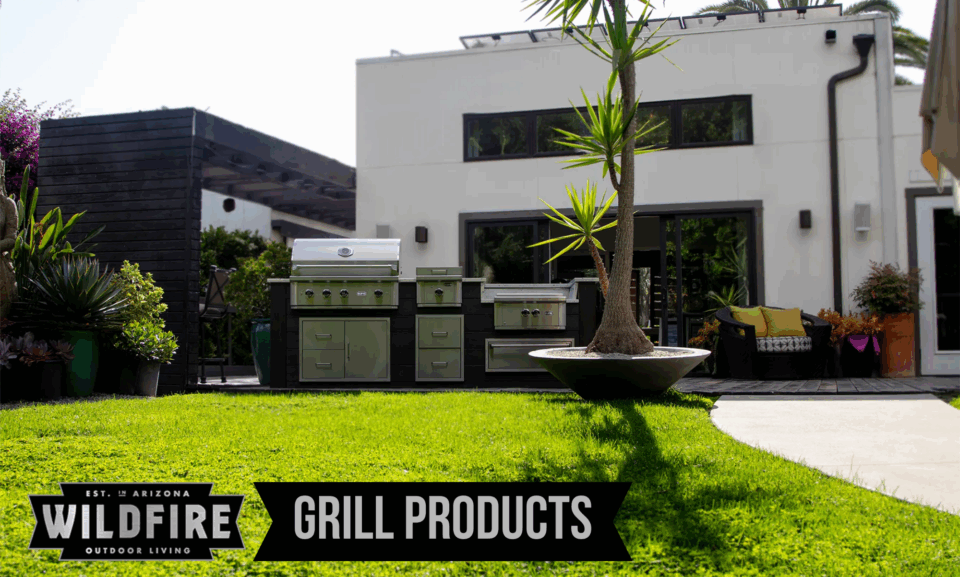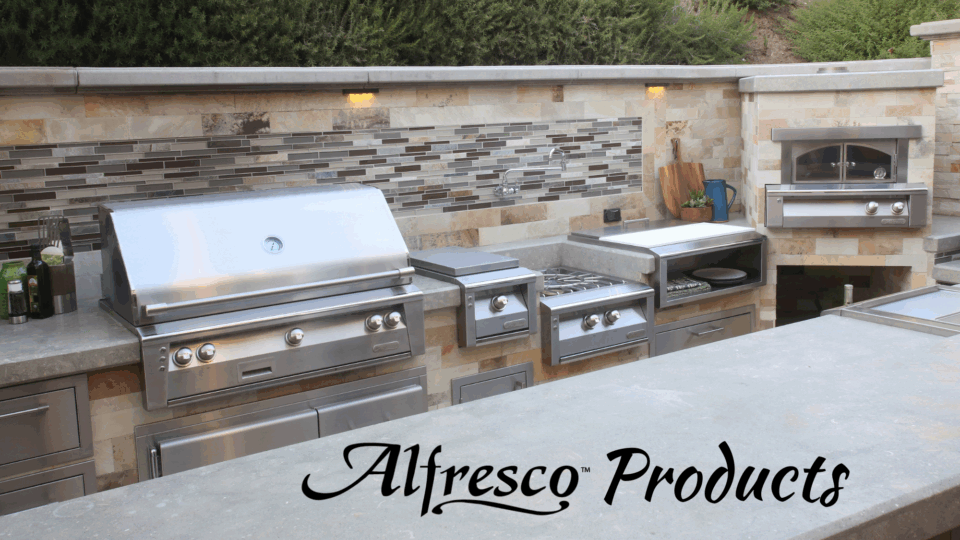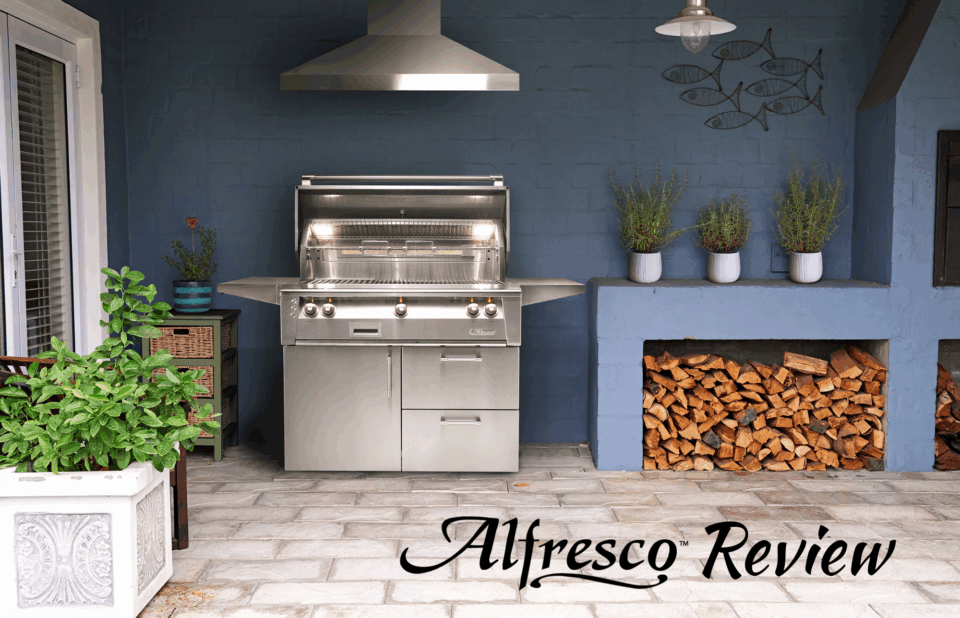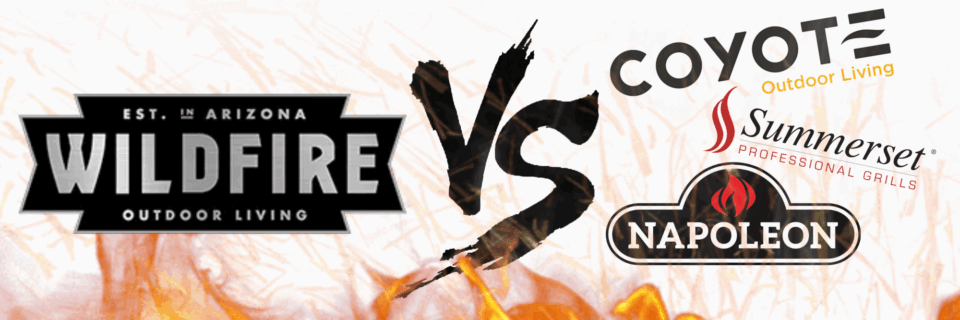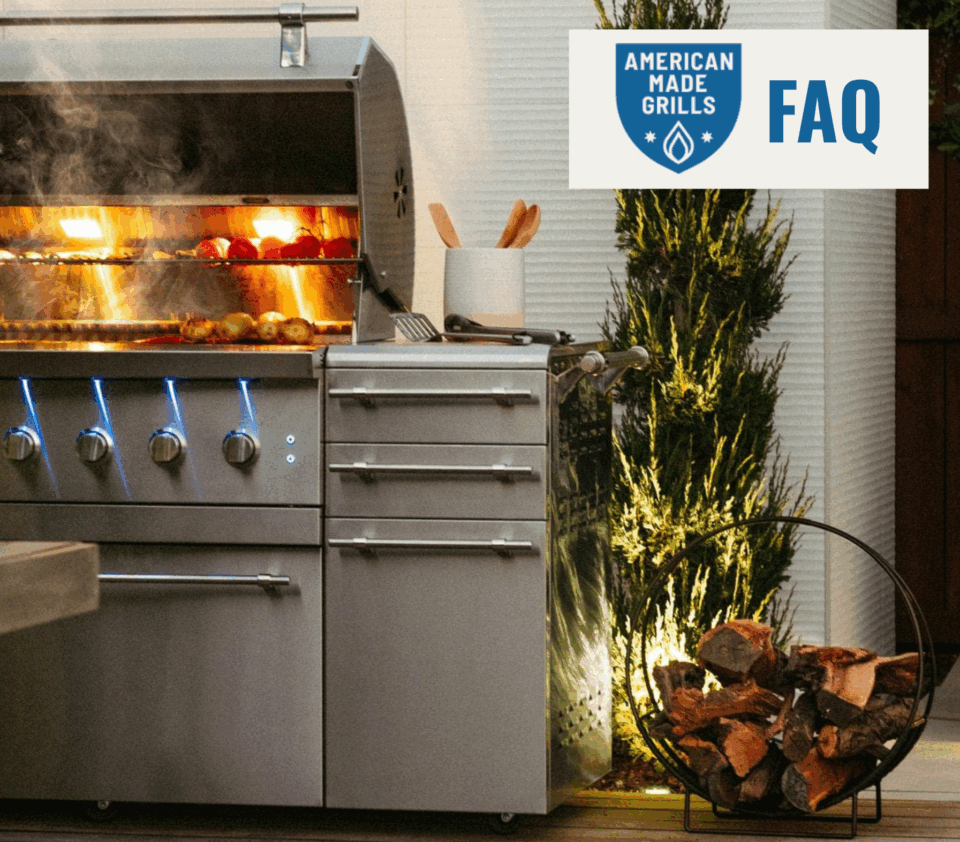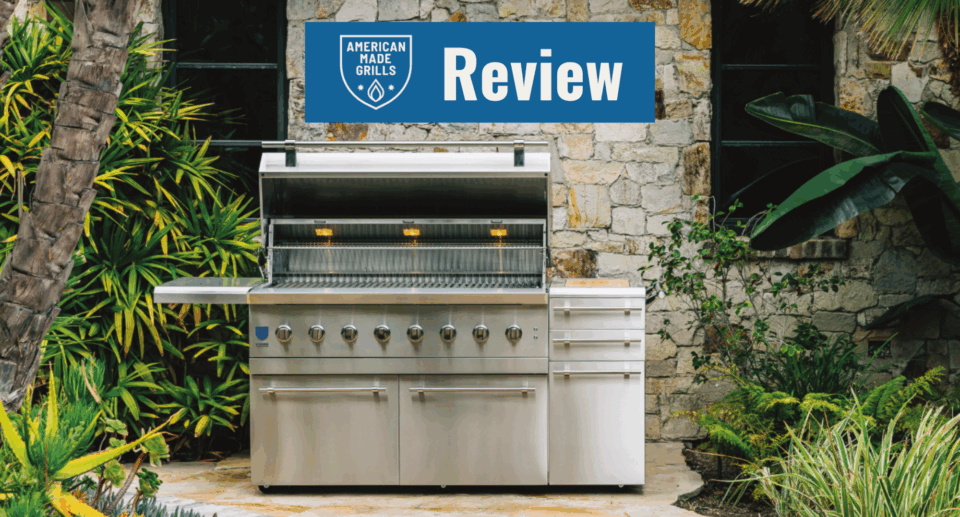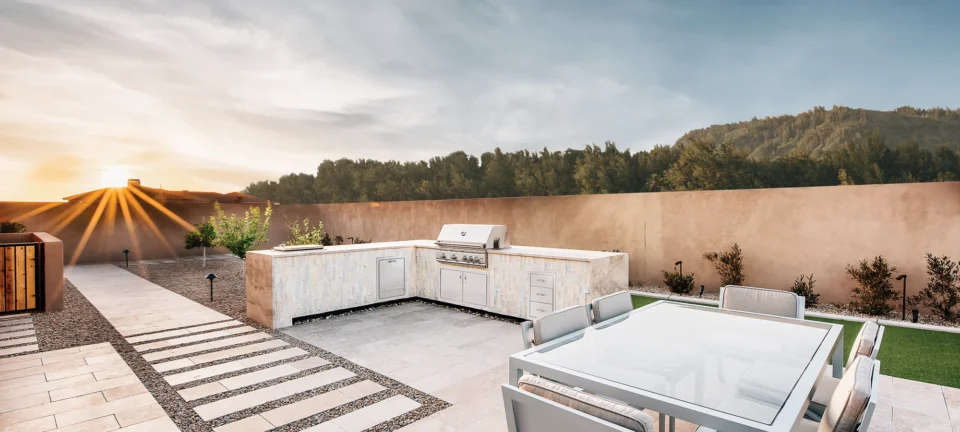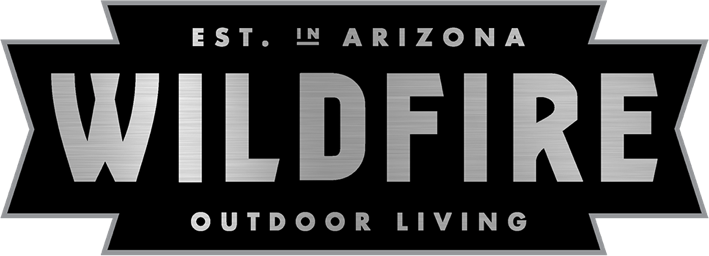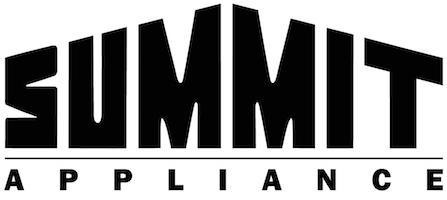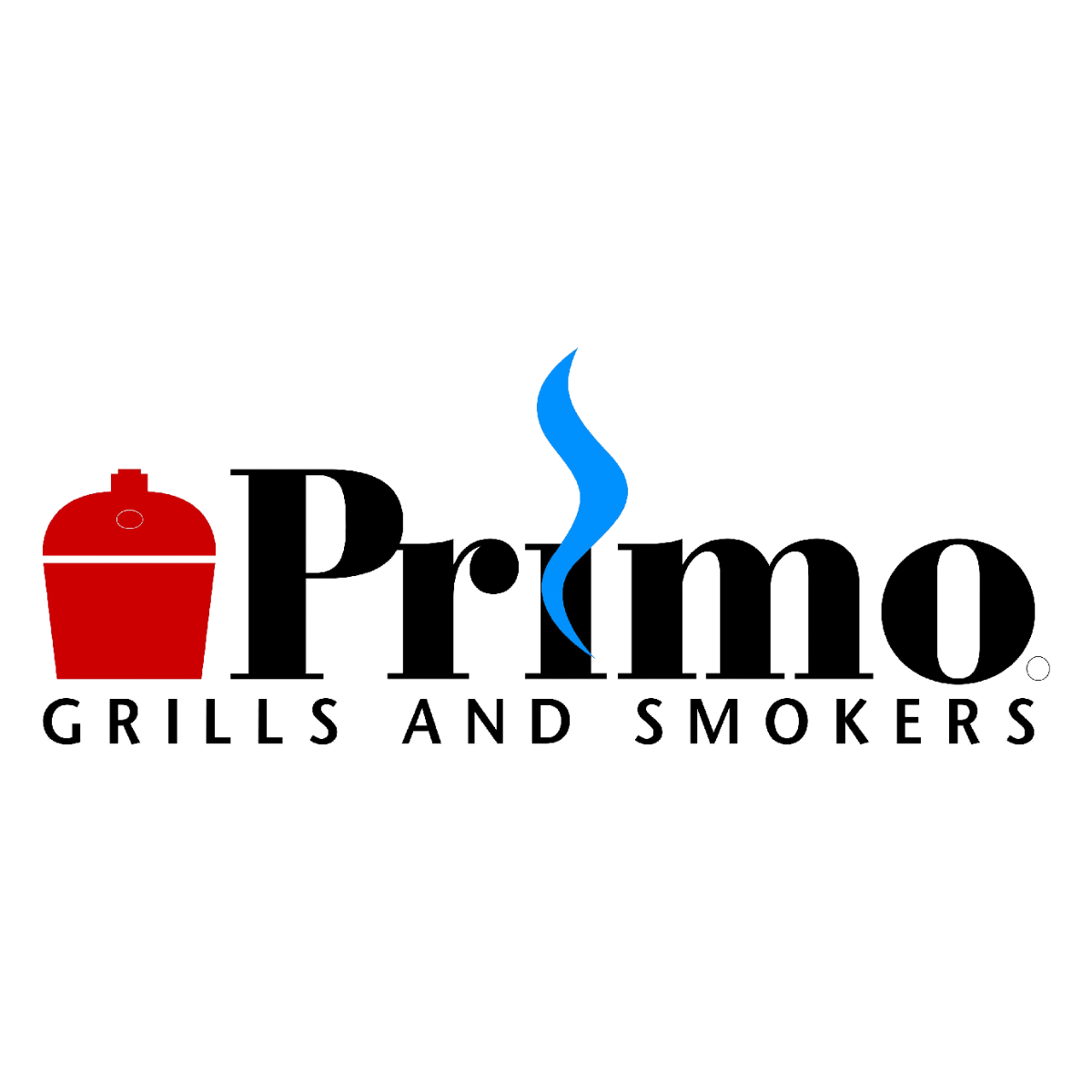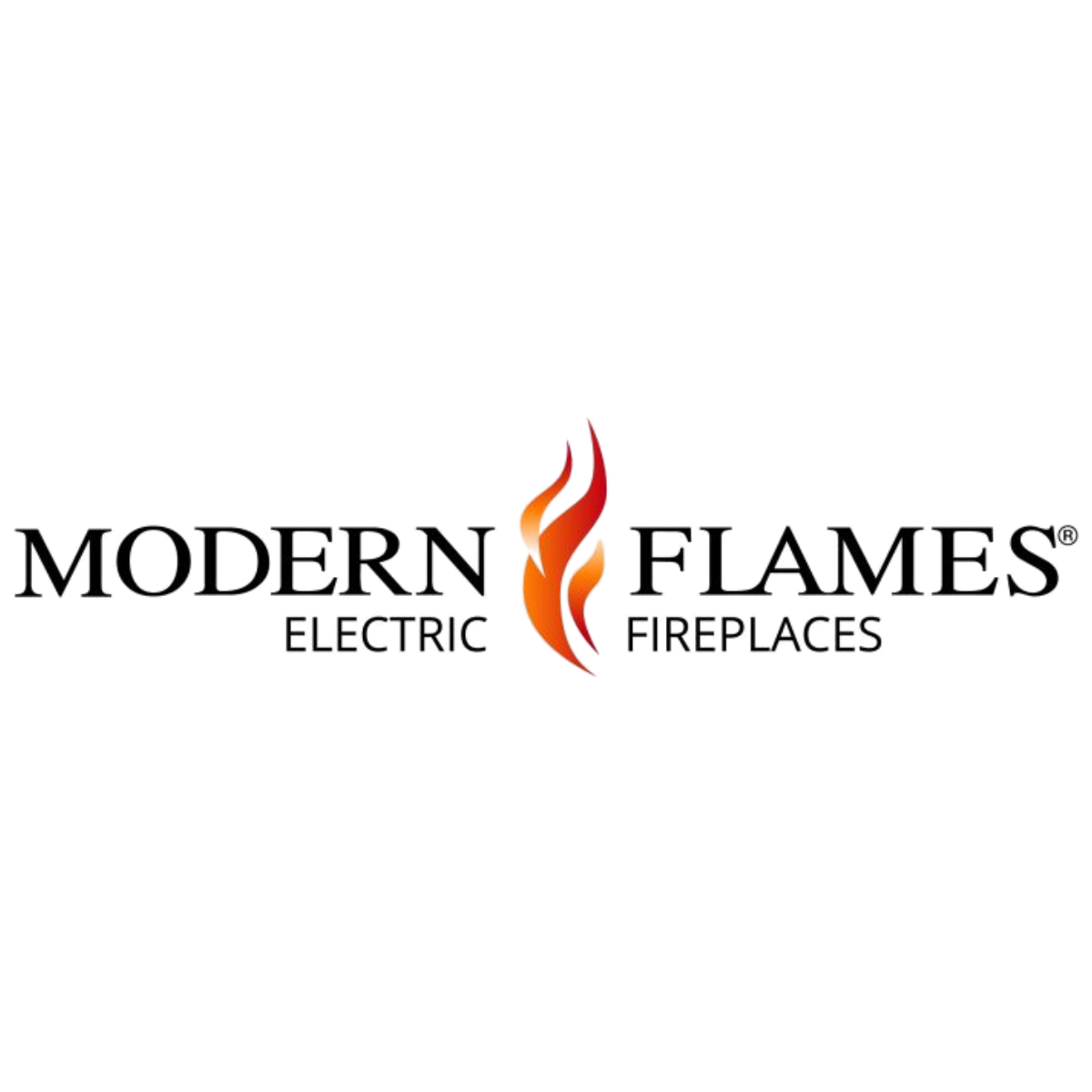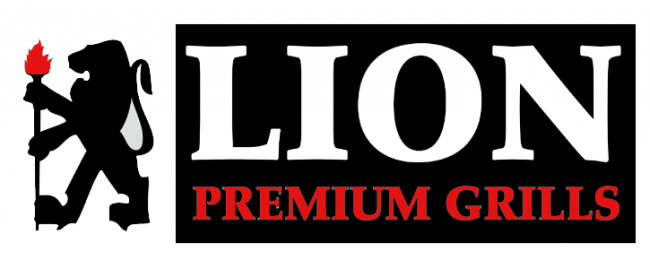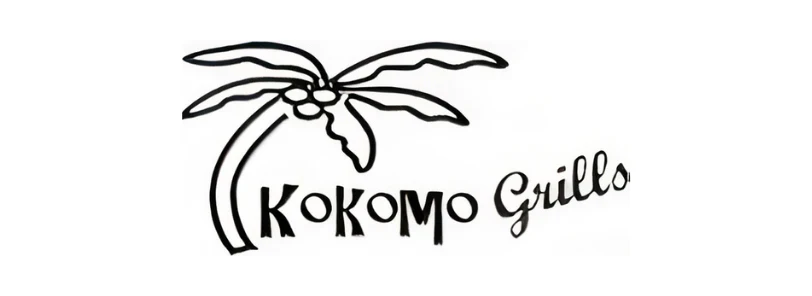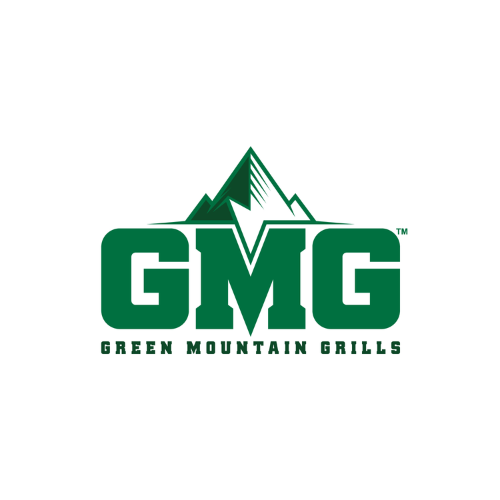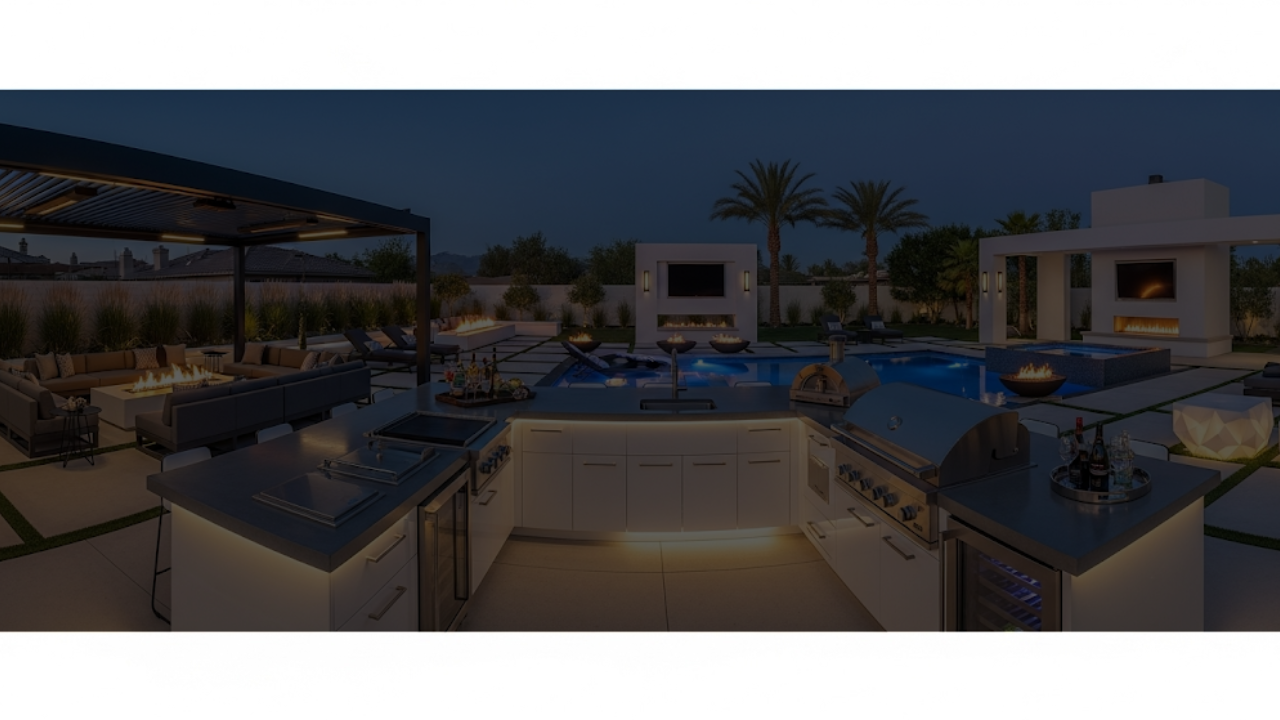
Blog
Bull BBQ FAQ: Answers to the Most Common Questions About Bull Grills

Bull BBQ FAQ: Brand, Models & General Questions
If you’re researching outdoor kitchens or upgrading your setup, this Bull BBQ FAQ answers the most common questions buyers ask before choosing a Bull grill. Known for their quality construction, durable performance, and California-based design, Bull BBQ has earned its reputation as a reliable name in the backyard grilling world.
In this section, we’ll break down everything from where Bull grills are made to what makes their different models unique. Whether you’re eyeing one of their popular built in grills or curious about how their gas burner systems compare to the competition, you’ll find helpful insights here to guide your decision.
FAQ
Bull BBQ FAQ: Brand, Purchasing & Registration
Before diving into technical tips or troubleshooting, let’s start with the basics. This Bull BBQ FAQ section covers the general questions customers ask most often—from Bull’s company background to where you can buy grills, register products, or find replacement parts. Whether you’re a new customer or just exploring what sets Bull apart, these answers lay the foundation for understanding one of the top names in outdoor grilling.
Bull BBQ was founded in 1992, giving the brand over 30 years of experience in designing high-performance outdoor cooking systems. With decades of innovation behind them, Bull has become a trusted name in both residential and commercial outdoor kitchens.
Bull grills are built to operate with either propane or natural gas—but not both out of the box. If you need to switch fuel types, Bull offers official conversion kits. These must be installed by a licensed professional for safety and compliance.
Most Bull grills have a label with the model and serial number located on the drip tray. For other products, you’ll usually find this info on the back or sides of the unit.
Bull BBQ products are sold through a network of authorized dealers nationwide. If you’re looking to shop online, Best of Backyard carries a full selection of Bull grills, components, and outdoor kitchen products directly through our website. At this time, Bull items are not sold in our showroom but are available for convenient online ordering.
While many authorized dealers have physical showrooms, Best of Backyard currently sells Bull BBQ grills and components exclusively through our online store and does not stock them in our Riverside showroom. You can browse full product listings, specifications, and manuals right on our website to find the right fit for your outdoor kitchen.
This section of our Bull BBQ FAQ explains how to register your Bull product or file a warranty claim. Head to Bull’s official Support & Warranty page to begin the process. You’ll need your model number, serial number, and proof of purchase.
FAQ
Built In Grills by Bull: Installation & Setup Questions
Installing a Bull BBQ grill is a big step toward building your dream outdoor kitchen. Whether you’re working with a contractor or taking the DIY route, it’s important to understand how Bull’s built in grills are designed to fit safely and securely into masonry islands. In this section, we’ll answer the most common questions about installation, gas line hookups, cutout requirements, side burner connections, and more. Proper setup ensures long-term safety, peak performance, and a cleaner look for your backyard cooking station.
Bull built in grills are designed with standardized cutout dimensions, making them relatively easy to install in most outdoor kitchen islands. As long as you follow the spec sheet and work with a level, fireproof structure, the grill should drop in smoothly. For gas connections, it’s best to have a licensed plumber handle final hookups.
Each Bull grill is built to use either natural gas or propane—not both at once. If you need to switch fuel types, Bull offers official conversion kits. Just note: these must be installed by a licensed professional for safety and warranty compliance.
Each Bull grill model has its own exact cutout dimensions. You’ll find these on the product spec sheet under the Manuals & Specs tab. Be sure to leave enough clearance for ventilation and access doors if you’re also installing storage components below the grill.
One of the most common Bull BBQ FAQ questions is how to hook up a side burner. Wrap Teflon tape around all threaded gas fittings. Connect a 3/8” female flare gas line to the back of the grill, then install a flare “T” fitting to split the gas line. One connection will feed the main grill, and the other will supply the side burner. Always test all fittings for leaks using a soapy water solution after installation.
Yes! While Bull does sell pre-fabricated islands through select dealers, Best of Backyard lets you create your own custom Bull outdoor kitchen package online. With our “Make Your Own BBQ Package Deal,” you can bundle a Bull built in grill, storage components, and accessories—and even receive free 3D design services to help plan your layout. It’s the easiest way to build a personalized outdoor kitchen setup using all Bull components.
Bull grills must be installed into a non-combustible enclosure. If you’re working with a wood frame, you’ll need to add cement board or other fire-rated material inside the cavity before installing your built in grill. Proper insulation protects your structure and keeps the warranty valid.
FAQ
How to Clean & Maintain Your Bull Grill
Proper care keeps your Bull grill performing like new for years to come. In this section, we’ll walk you through the most important maintenance routines, from burner care to deep cleaning tips. Whether you’re getting rid of grease buildup or trying to clean stainless BBQ grills without damaging the finish, these answers will help you protect your investment and avoid common issues like rust, poor ignition, or uneven flames.
Use a non-abrasive cleaner specifically designed for stainless steel. Always wipe in the direction of the grain using a soft cloth. Avoid steel wool or scouring pads, as they can scratch the surface and invite rust over time.
For a full step-by-step walkthrough, we’ve created a detailed guide specifically for cleaning stainless steel grills the right way.
We recommend a light cleaning after each use—especially the grates and grease tray. For deeper cleaning, inspect burners, flame tamers, and drip trays every few weeks depending on how often you grill. Keeping the grill clean helps avoid flare-ups and improves performance.
Stainless steel is resistant to corrosion but not completely rust-proof. Salt air (like coastal environments), pool chemicals, or harsh cleaners can damage the protective layer. Regularly wiping down the grill and applying a stainless steel protectant can help prevent rust from forming.
Remove the cotter pins and lift the burners out of the firebox. Use compressed air or gently tap them to shake out debris, dust, or buildup inside. If the flame is uneven or low, burner cleaning can often restore full performance.
Before first use, turn on the griddle to burn off any residue from manufacturing. Then apply a high-temperature cooking oil and heat it until it smokes—this seasons the surface. After each cook, scrape off food, wipe with warm water, and reapply oil to keep it nonstick and rust-free.
The number one cause is a clogged drip tray. Clean the tray regularly, and consider using disposable foil liners for easy maintenance. Make sure no grease is building up near burners or valves. Regular inspections can prevent sudden flare-ups during cooking.
FAQ
Bull BBQ Troubleshooting & Long-Term Care Tips
Even the best grills run into issues from time to time. Whether it’s an ignition problem, uneven flame, or a stubborn gas burner, knowing how to troubleshoot your Bull BBQ setup can save you time, stress, and repair costs. This section covers some of the most common performance and maintenance questions—along with tips for long-term care to help extend the life of your grill and components.
Bull grills use a Piezo ignition system. Start by pushing the knob in—this opens the gas valve and triggers a spark. If it doesn’t light, the valve may be stuck or frozen. Make sure the black rubber gasket is seated properly, and if the valve doesn’t turn, it may need replacement.
This usually means there’s a small internal flame inside the burner or a restriction in gas flow. Try turning the burner off and relighting it. If the issue continues, have a plumber check that the gas line is the proper size and doesn’t include quick-connect fittings, which can limit pressure.
Bull grills use high-BTU commercial-grade burners that get extremely hot, fast. Always preheat first, then lower the burners for longer cooking times. Try the sear-then-finish method: sear meat over high heat, then finish over indirect or lower heat for even doneness.
A clogged burner or dirty flame tamer is often the cause. Remove and clean the burners thoroughly. If your regulator is restricting gas or the valve is worn out, you may also need to replace one of those components to restore full flame performance.
This is almost always caused by grease buildup. Clean the drip tray regularly and remove excess debris from the burners and firebox. Consider using disposable liners to simplify cleanup and prevent sudden flare-ups.
Moisture buildup inside the thermometer from humidity or weather conditions can cloud the display. Simply remove the gauge, open it up, and let it dry out. It should return to normal once moisture is gone.
FAQ
Best Grill Accessories for Bull BBQ Setups
Once your grill is installed and running smoothly, the next step is upgrading your setup with the best grill accessories Bull has to offer. From rotisserie kits to griddles and smoker boxes, Bull accessories are designed to enhance performance, add versatility, and help you get more out of every backyard cookout. In this section, we’ll answer common questions about which accessories are worth it, how to use them, and what you’ll need for your ideal outdoor kitchen layout.
Best of Backyard offers Bull grill covers for built in models in all standard sizes, plus a 24-inch cart model cover for freestanding grills. While Bull does not manufacture full island covers, they recommend using third-party companies like Creative Covers Inc. for custom outdoor kitchen protection. Please note that Bull is not affiliated with these third-party vendors and cannot assist with orders placed through them.
Yes, especially if you enjoy roasting larger cuts of meat like whole chickens, roasts, or ribs. Bull’s rotisserie kit is powered and designed to fit securely with compatible built in models, allowing for slow, even cooking.
Absolutely. Bull offers smoker boxes that fit directly above the burners, allowing you to add wood chips for low-and-slow smoking without needing a separate smoker. It’s a great way to infuse flavor into everything from ribs to vegetables.
Bull’s stainless steel griddle plate is a popular add-on that lets you cook breakfast, smash burgers, or stir-fry directly on your grill. Pair it with a long-handled scraper and high-heat oil for proper use and maintenance.
Yes—Bull offers optional infrared burners that can be swapped in to replace standard burners on select models. These high-intensity burners are great for searing steaks and locking in juices with quick, direct heat.
FAQ
Gas Burners, Side Burners & Cooking Power Explained
Bull BBQ grills are known for serious heat, and it all starts with the gas burner design. From main burners to side and searing burners, Bull delivers commercial-grade performance with high BTUs and precision control. In this section, we’ll break down common burner questions—like lighting tips, sear zone upgrades, and what to do if you’re experiencing low flame or unusual performance issues.
Bull grills come equipped with high-performance stainless steel tube burners that offer powerful and even heat distribution. Some models also offer optional infrared burner upgrades for more intense searing power.
Turn the knob slowly until just before ignition, then pause for 7–10 seconds to let gas fill the burner tube. Once you hear the click, ignition should occur. If it doesn’t light right away, repeat the process. The delay ensures the gas reaches the full burner length before ignition.
First, make sure the burner is seated properly over the valve and that the ceramic tab is correctly positioned. Press and hold the knob down for 7–10 seconds to allow gas to flow before lighting. If the burner still doesn’t ignite, check for cracks in the ceramic or blockages.
This can be caused by debris or buildup inside the burner tubes. Remove the burners and shake them out or use compressed air to clear blockages. Bowed or damaged burners may also need to be replaced to restore even flame patterns.
The issue could be a fouled regulator, a restricted valve, or foam blocking the gas line. Check all connections, inspect the regulator, and verify there are no leaks or debris affecting the flow. Cold weather and a low propane tank can also reduce heating power.
Still Have Questions About Bull BBQ?
We hope this Bull BBQ FAQ blog helped answer your biggest questions about installation, care, components, and performance. Whether you’re building a custom outdoor kitchen or upgrading a single grill, Best of Backyard is here to help with expert advice, premium products, and unbeatable value.
To get in touch or learn more:
- Phone: 951-977-8222
- Email: info@bestofbackyard.com
- Showroom Address: 9901 Indiana Ave Unit 109, Riverside, CA 92503
- Website: Shop Bull BBQ Products


